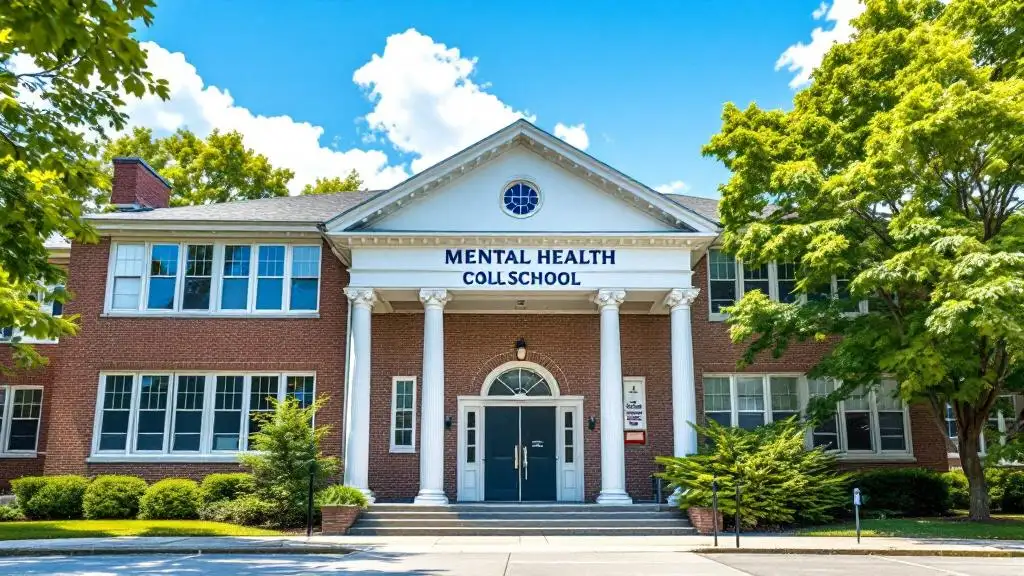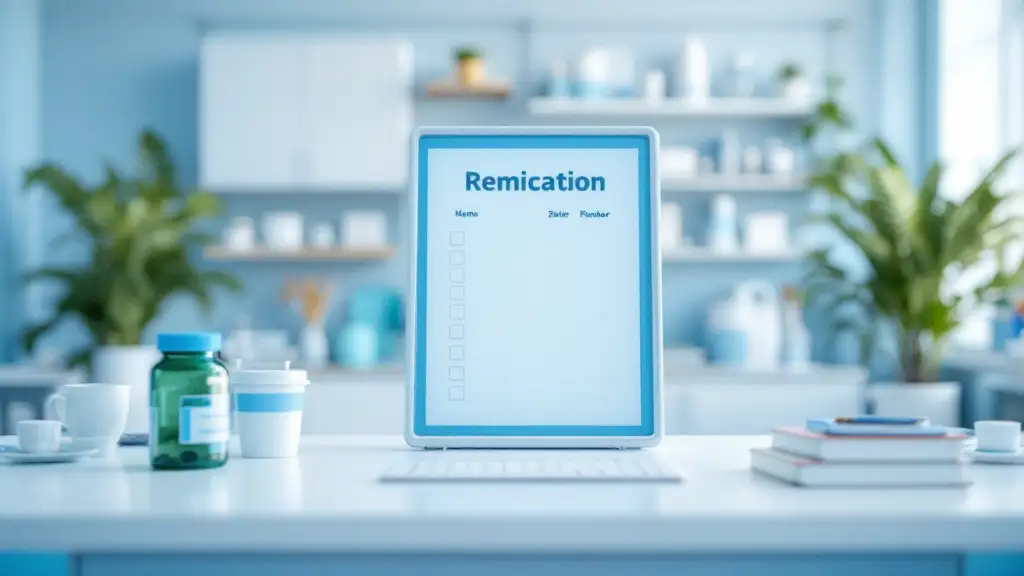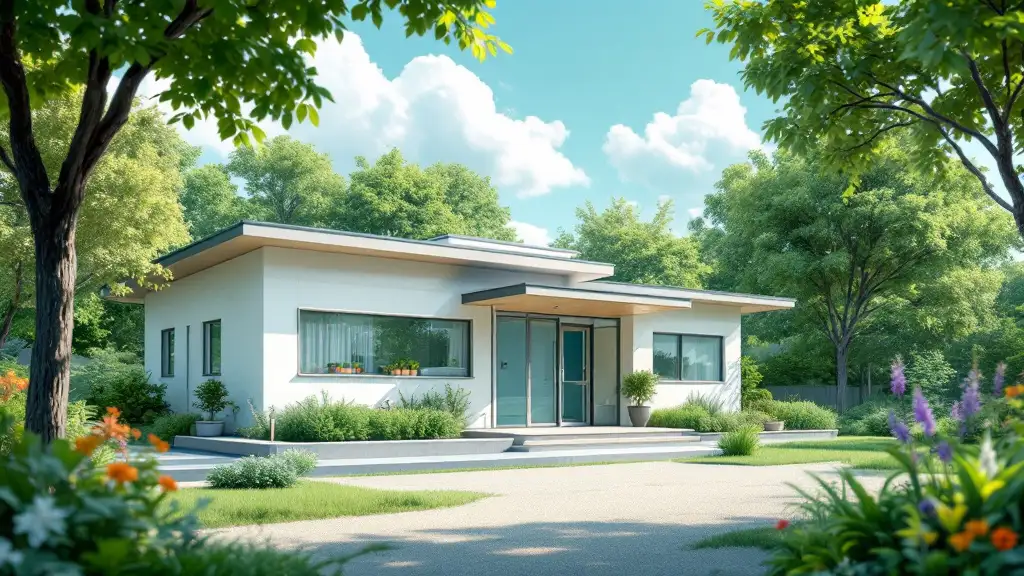Understanding and Managing Depression in Older Adults
Depression is a prevalent and often underrecognized condition among residents of assisted-living facilities, affecting up to 28-39% of this population. Its manifestation can be diverse, encompassing emotional, cognitive, physical, and behavioral symptoms. Addressing depression effectively requires a comprehensive understanding of its signs, evidence-based interventions, and tailored treatment planning. This article explores current practices, research insights, and innovative approaches to managing depression, ensuring improved quality of life for older adults in assisted-living environments.
Identifying Symptoms of Depression in Residents
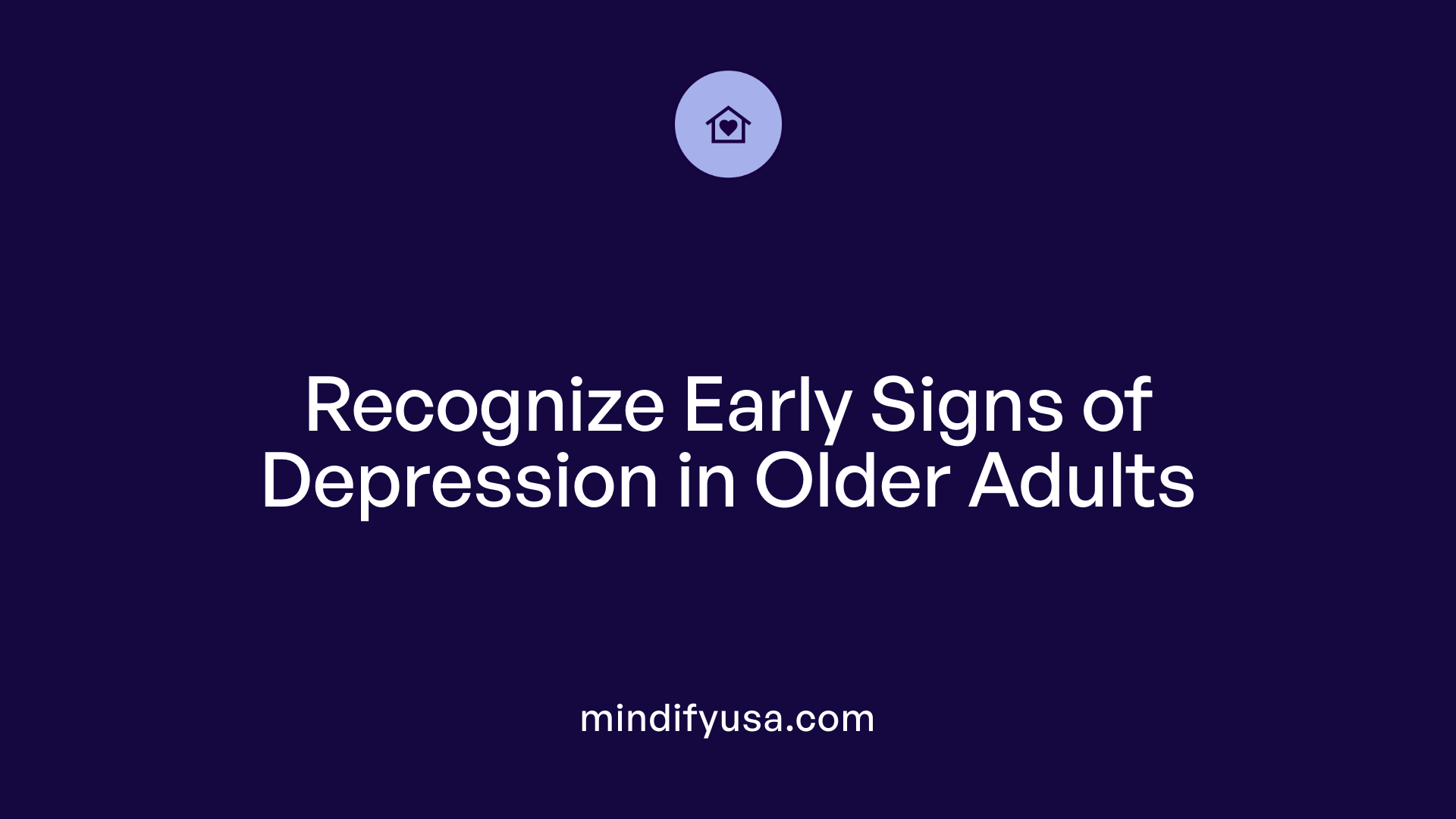
How can caregivers and staff identify symptoms of depression in residents?
Spotting depression in older adults can be challenging because they often show different signs than younger people. Caregivers and staff need to be attentive to both emotional and physical indicators.
Emotional signs include persistent sadness, feelings of hopelessness or worthlessness, irritability, and a loss of interest in daily activities or hobbies. Residents might seem unusually withdrawn or show a noticeable decrease in motivation.
Physical signs are also important to observe. These can include fatigue, changes in sleep patterns—such as insomnia or sleeping more than usual—and fluctuations in appetite or weight. Some residents may also complain about aches, headaches, or gastrointestinal issues, which could have underlying emotional causes.
There are subtle symptoms to watch for as well. These include decreased energy levels, difficulty concentrating, memory problems, neglect of personal grooming, and even expressions of thoughts about death or suicide. Such signs often go unnoticed but are crucial in assessing mental health.
To assist in accurate detection, screening tools like the Geriatric Depression Scale (GDS), a simple 15-question questionnaire, are very useful. Sharing these with physicians can facilitate early diagnosis and treatment.
Understanding these diverse signs, training staff to recognize them, and conducting regular mental health assessments are key steps. Early detection enables timely and effective interventions like psychotherapy, medication, and social support, ultimately improving residents' quality of life.
Effective Management Strategies in Care Facilities
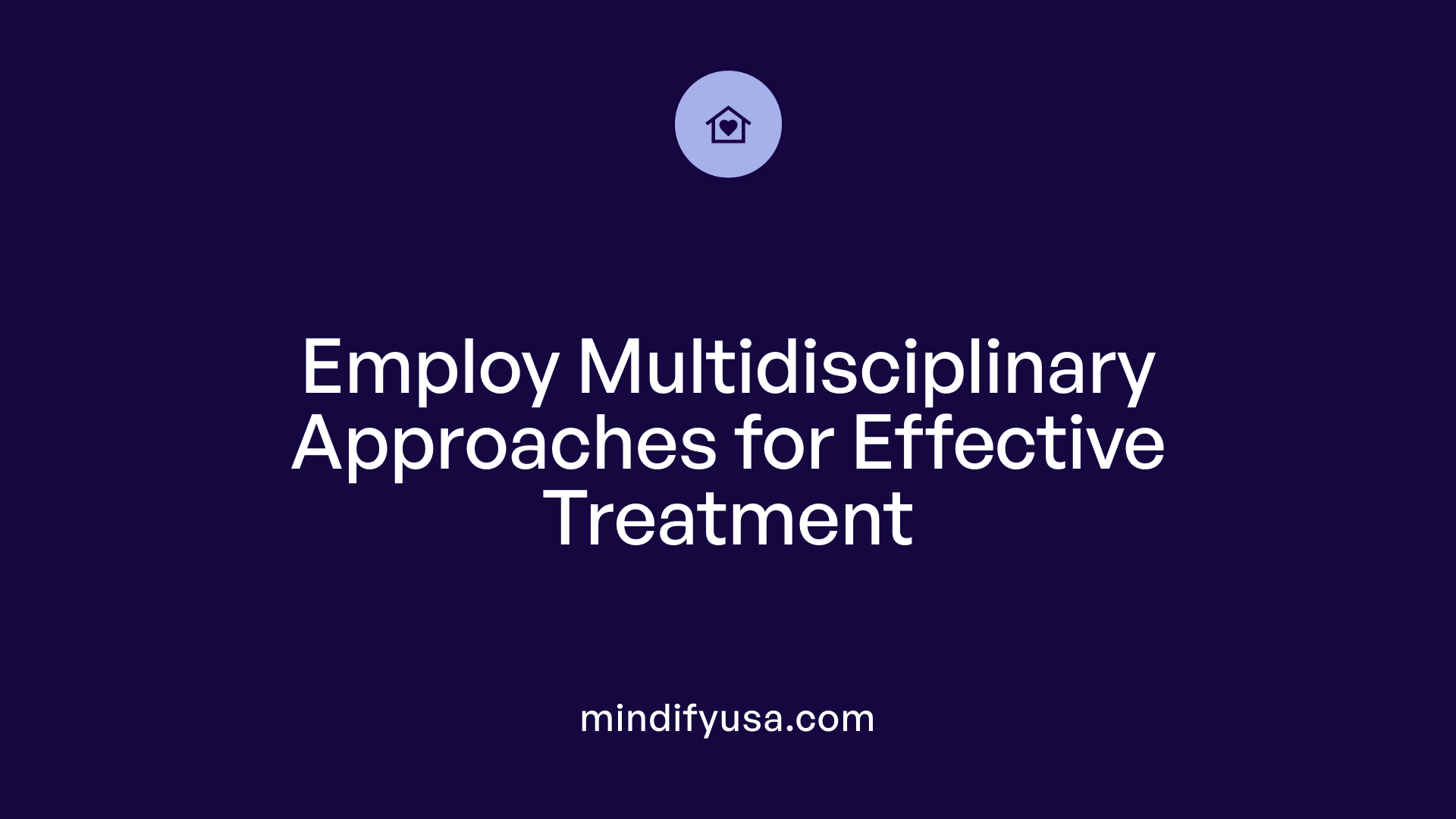
What interventions and strategies are recommended for managing depression in older adults in care facilities?
Managing depression among older adults in care environments requires a multifaceted approach tailored to each individual’s needs. Psychotherapy is a cornerstone, with cognitive-behavioral therapy (CBT), including group formats, being particularly effective. These sessions focus on helping residents identify negative thoughts, modify maladaptive behaviors, and foster emotional resilience.
Parallel to psychological interventions, pharmacotherapy plays a critical role. Antidepressants such as selective serotonin reuptake inhibitors (SSRIs), including sertraline and escitalopram, are commonly prescribed. It is essential that medication management involves careful monitoring for side effects and interactions, especially considering the complex health profiles of older adults.
In more severe or resistant cases, advanced treatments like electroconvulsive therapy (ECT) or repetitive transcranial magnetic stimulation (rTMS) may be employed after thorough medical evaluation. These interventions have shown promise in cases where conventional treatments do not yield adequate results.
Beyond direct treatments, integrating social engagement activities, promoting physical exercise, and fostering a supportive environment are vital. Group activities, outings, and hobbies help reduce loneliness and improve mood. Structured routines and purposeful activities, such as art therapy or volunteer opportunities, also contribute to a sense of meaning and stability.
Staff training and interdisciplinary collaboration are essential components of effective depression management. Educating healthcare providers on recognizing symptoms, conducting assessments with tools like the Geriatric Depression Scale, and applying nonpharmacological treatments ensure residents receive timely and appropriate care. Collaboration among physicians, mental health specialists, and facility staff ensures a comprehensive, well-coordinated approach.
Overall, combining psychological support, medication when necessary, social activities, and trained staff cooperation creates an environment conducive to mental health improvement and recovery for older adults facing depression.
Evidence-Based Practices in Depressive Care
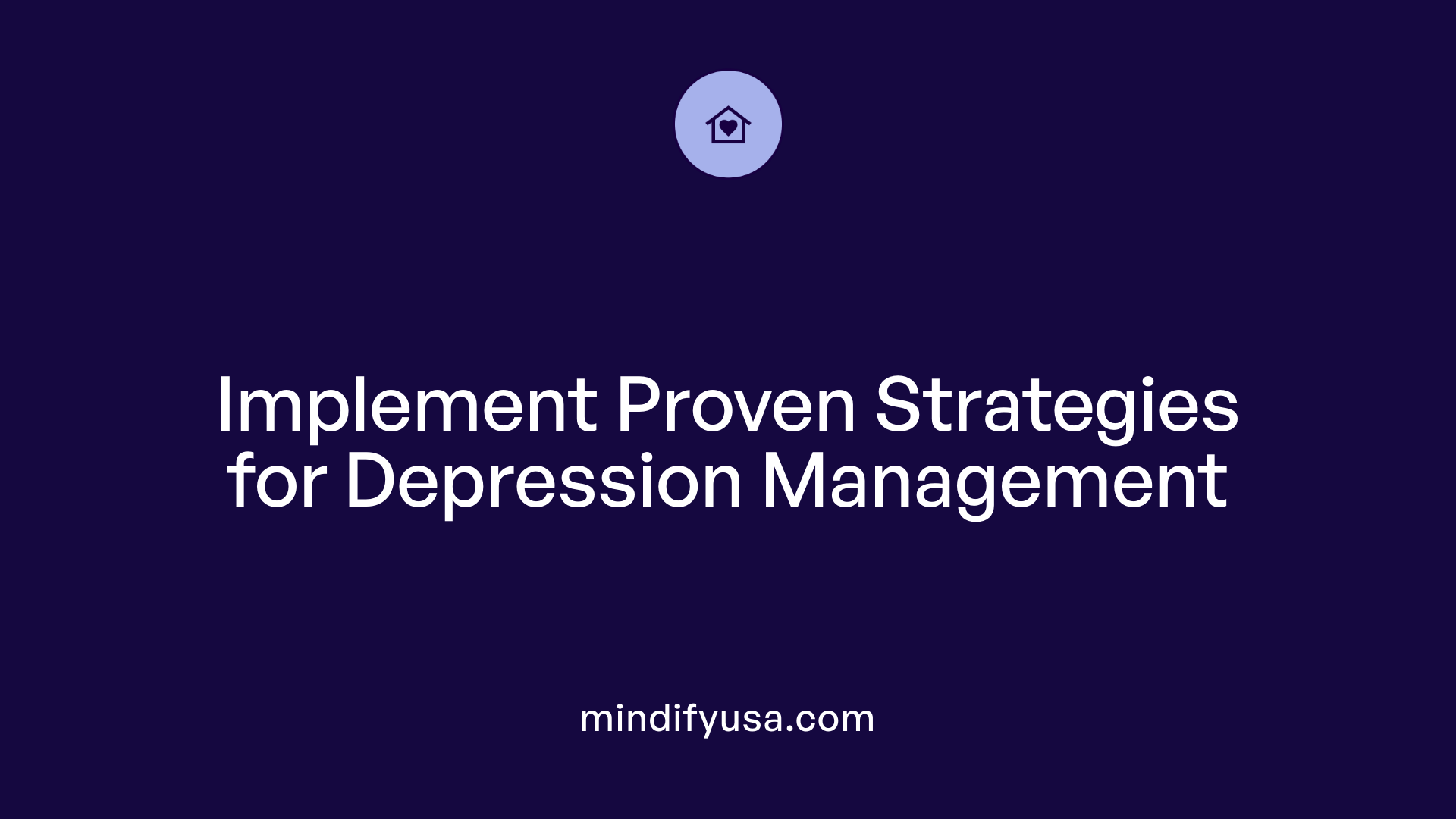
What are the evidence-based practices for managing depression in assisted-living residents?
Managing depression among residents in assisted-living and related settings requires a comprehensive, multimodal approach rooted in current evidence and guidelines.
Pharmacological treatments form a cornerstone of depression management. Selective serotonin reuptake inhibitors (SSRIs) and serotonin-norepinephrine reuptake inhibitors (SNRIs) are frequently used, with response rates often reaching between 60% and 80%. Proper medication management involves careful monitoring for side effects, often managed by healthcare providers within integrated care frameworks.
Psychosocial interventions are equally important. Approaches such as cognitive-behavioral therapy (CBT), particularly in group formats, have been shown to effectively reduce depressive symptoms. Interpersonal therapy and supportive counseling are also beneficial, especially when tailored to individual resident needs. Programs based on Viktor Frankl's theory focus on helping residents find a sense of purpose and meaning, which has demonstrated promising results in lowering depression scores.
Routine screening for depression is vital for early detection. Tools like the Geriatric Depression Scale (GDS) and the Patient Health Questionnaire (PHQ-9) enable staff and physicians to identify residents suffering from depression swiftly. Implementing structured assessment protocols ensures that depression does not go unnoticed and untreated.
Supporting residents through social support initiatives is crucial. Facilitating friendships, organizing meaningful activities, and involving family members help mitigate loneliness—one of the primary factors contributing to depression in older populations. These activities promote social participation, which is linked with improved mental health outcomes.
Integrated care models, which coordinate medical and mental health services, enhance treatment adherence and overall effectiveness. Such models involve collaboration among primary care physicians, mental health specialists, and facility staff, ensuring residents receive holistic care tailored to their individual needs.
Addressing barriers, including stigma and lack of access to mental health resources, is also essential. Providing spiritual support and person-centered care that respects the preferences and backgrounds of residents can lead to better engagement and treatment success.
In summary, an effective depression management strategy integrates medication, psychosocial support, systematic screening, and collaborative healthcare. When these practices are combined and personalized, they significantly improve mental health and quality of life for residents in assisted-living environments.
Developing Personalized Treatment Plans
What strategies are effective for developing depression treatment plans tailored to residents?
Creating effective, individualized depression treatment plans for nursing home residents involves a combination of thorough assessment, team collaboration, evidence-based therapies, and addressing barriers to care.
First, comprehensive assessments are crucial. These include psychological evaluations, medical history, social circumstances, and functional status. Tools like the Geriatric Depression Scale help identify depressive symptoms and guide further diagnosis. Regular follow-up using standardized assessments allows for monitoring progress and adjusting treatments accordingly.
Multidisciplinary care is essential for managing the complex needs of older adults. This approach involves collaboration among primary care physicians, mental health specialists, nursing staff, physical therapists, and social workers. Such teamwork ensures that mental health, physical health, and social well-being are addressed cohesively.
Utilizing evidence-based therapies enhances treatment success. Psychotherapies such as cognitive-behavioral therapy (CBT) and behavioral activation can be effective, especially when adapted for older adults. Innovative delivery formats like Empower@Home, an online platform offering therapy sessions, have shown promise in increasing engagement and improving outcomes.
Addressing barriers to treatment adherence is also vital. Techniques include shared decision-making to empower residents, early engagement programs to foster trust, and personalized interventions that consider individual preferences and barriers. Counseling and education help residents understand treatment benefits, reducing stigma and resistance.
Furthermore, ongoing research into the moderators and mediators of treatment response informs continuous improvement and personalization of care. Incorporating these strategies ensures that depression management is tailored, effective, and aligned with each resident's unique needs.
Implementing these tailored plans not only mitigates depression symptoms but also enhances overall quality of life, social participation, and physical health among nursing home residents.
Research Insights and Best Practices
What are the current research findings and best practices for depression management among assisted-living residents?
Recent studies underscore the importance of comprehensive, multimodal strategies to effectively address depression in assisted-living and similar settings. A combination of pharmacological treatment, psychotherapy, and lifestyle modifications has proven to be particularly beneficial.
Medication management often includes selective serotonin reuptake inhibitors (SSRIs), tailored to meet individual needs while monitoring for side effects. Psychotherapy approaches such as cognitive-behavioral therapy (CBT) or problem-solving therapy can help residents better cope with emotional challenges. Additionally, promoting physical activity through exercise classes, walking groups, and engaging social activities can improve mental health.
Routine screening plays a key role, with validated tools like the Geriatric Depression Scale (GDS) or PHQ-9 being used to ensure early detection. Regular assessment helps in recognizing symptoms that may initially present as physical complaints but are linked to depression, especially in older adults.
Best practices involve collaborative, interdisciplinary care. Involving primary care physicians, mental health specialists, nursing staff, and caregivers ensures a holistic approach to treatment. Education for healthcare providers on recognizing the signs of depression and implementing nonpharmacological treatments enhances overall care quality.
Ongoing monitoring is essential to adapt interventions, assess medication efficacy, and address potential side effects. Personalized care plans account for physical comorbidities and cognitive impairments to maximize treatment adherence.
In summary, the integration of medical, psychological, and social strategies within a team-based framework improves the management of depression among assisted-living residents. This approach not only reduces symptoms but also enhances residents’ overall quality of life and minimizes decline in functional status.
Environmental and Social Support Measures
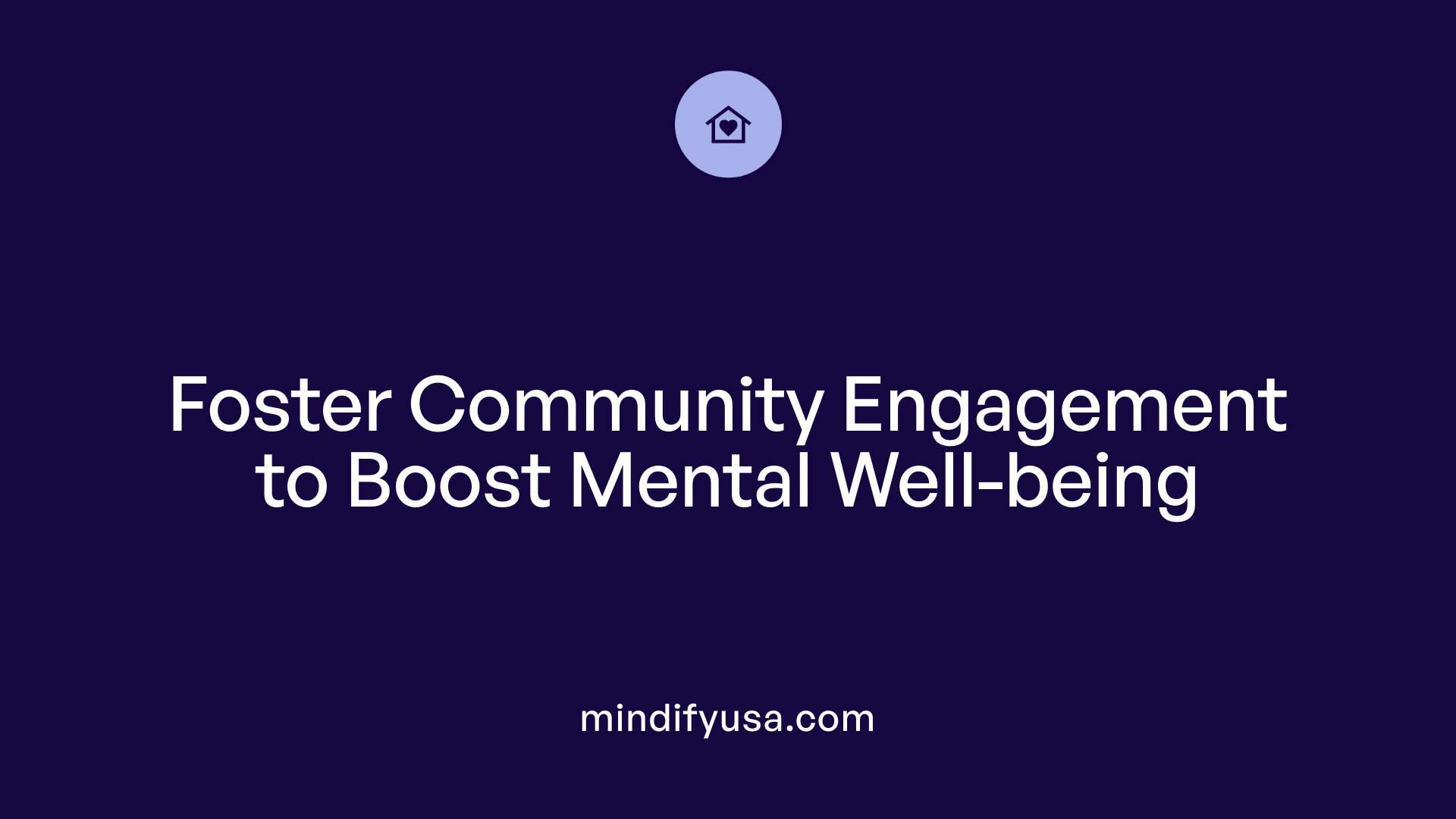
How do community activities help in supporting mental health among assisted living residents?
Community activities such as group outings, hobby clubs, art and music therapy, and lifelong learning programs create opportunities for social engagement. These activities help reduce feelings of loneliness and social isolation, which are significant contributors to depression. Participation not only fosters a sense of belonging but also enhances residents' overall well-being.
Why is a safe and supportive environment vital for mental health?
Assisted living facilities are designed to be secure and nurturing spaces. Trained staff are always available to assist residents, respond promptly to emergencies, and provide companionship. This supportive environment helps alleviate feelings of helplessness and fear, promoting mental stability and emotional resilience.
How does family involvement benefit residents?
Family visits and involvement are crucial for emotional support. Regular interactions with loved ones reinforce residents' sense of connection and purpose. Facilities often encourage family participation in care and social activities, which can significantly uplift residents' mood and contribute to recovery from depression.
What strategies address social isolation among residents?
To combat social isolation, assisted living communities implement programs such as social groups, volunteer activities, and personalized engagement plans based on residents' interests. These strategies foster meaningful socialization, helping residents build supportive relationships and feel valued within their community.
| Support Measures | Examples | Benefits |
|---|---|---|
| Community Activities | Hobby groups, art and music therapy, outings | Reduce loneliness, promote engagement |
| Safety and Environment | Trained staff, emergency response systems | Promote feelings of security |
| Family Involvement | Regular visits, participation in events | Strengthen emotional bonds |
| Addressing Social Isolation | Interest-based groups, volunteer programs | Enhance social networks |
Supporting mental health in assisted living involves creating a lively, secure, and connected community. These measures enable residents to maintain a sense of purpose and belonging, which are vital for mental well-being.
Community and Environmental Strategies to Promote Mental Well-Being
Social activities and community engagement
Engagement in social activities plays a vital role in preventing depression among older adults in assisted living. Community programs such as group outings, hobby clubs, and lifelong learning classes create opportunities for residents to connect, build friendships, and find purpose. These activities help reduce feelings of loneliness and provide residents with a sense of belonging.
Safe and supportive environment
A secure and caring environment is essential for mental health. Assisted living communities are designed to be safe, with trained staff available to respond promptly to emergencies and provide companionship. Structured routines, including art and music therapy, help residents feel stability and give their days meaningful structure.
Family and volunteer involvement
Involving family members and volunteers enhances emotional support for residents. Regular visits and participation in activities can boost residents' mood and sense of connectedness. Volunteer programs, where community members support activities or provide companionship, contribute to a vibrant social atmosphere.
Counteracting social isolation
Counteracting loneliness involves facilitating social interactions and ensuring residents’ engagement in activities that match their interests. Promoting socialization through organized events, support groups, and accessible communal spaces helps maintain mental well-being. Additionally, active outreach and monitoring of residents’ emotional states can prevent depression from worsening.
Overview Table of Community and Environment Strategies
| Strategy | Key Components | Expected Outcomes |
|---|---|---|
| Social activities | Group outings, clubs, hobbies | Reduced loneliness, increased purpose |
| Safe environment | Trained staff, routines, therapy programs | Feelings of safety, emotional stability |
| Family/volunteer involvement | Visits, support roles | Enhanced emotional support |
| Combating isolation | Organized events, accessible spaces | Improved social participation |
Implementing these community and environmental strategies can significantly improve mental health, help prevent depression, and enhance the overall quality of life for residents in assisted living settings.
Summary and Future Directions

What are the current research findings and best practices for depression management among assisted-living residents?
Recent studies identify a combined, personalized approach as the most effective strategy for managing depression in assisted-living settings. This includes pharmacological treatments such as SSRIs, tailored psychotherapy options like cognitive-behavioral therapy (CBT), and lifestyle modifications involving physical activity and social participation.
Routine screening is vital—tools like the Geriatric Depression Scale and PHQ-9 are recommended for early detection. Interdisciplinary collaboration among healthcare providers, mental health professionals, and caregivers enhances treatment adherence and overall outcomes.
Practices such as regular medication review, addressing physical and cognitive health issues, and ongoing follow-up are essential for effective care. Incorporating social activities, mental health education, and problem-solving therapies within a multidisciplinary framework has been shown to reduce symptoms, improve quality of life, and decrease hospitalization rates.
Why is holistic care important in managing depression?
Holistic care considers the physical, emotional, social, and psychological needs of residents. Structured routines, meaningful engagement, emotional support, and safe environments all contribute to combating depression. Access to counseling, community activities, and personalized care plans ensure residents receive comprehensive support.
This approach helps address underlying factors such as social isolation and health conditions, ultimately fostering resilience and well-being among older adults.
What innovations are emerging in depression management?
Innovative strategies include using digital health tools for monitoring symptoms, implementing meaning-in-life programs based on Frankl’s theories, and establishing depression clinics within assisted-living communities. Wearable devices and telehealth services expand access to care and continuous monitoring.
Programs that promote purpose, such as volunteer activities, hobby groups, and lifelong learning, are gaining recognition for their role in reducing depression. Additionally, staff training in mental health awareness and nonpharmacological interventions enhances frontline care.
What research gaps remain and what needs to be explored in future studies?
Further research is needed on the long-term effectiveness of integrated, multi-component interventions and their cost-effectiveness. Studies should explore how cultural, social, and environmental factors influence depression treatment outcomes.
There is a need for large-scale, randomized controlled trials to validate new interventions and to determine best practices for different subgroups within assisted-living populations. Additionally, developing strategies to improve access to mental health care, reduce stigma, and tailor interventions to residents with multiple comorbidities remains essential.
Expanding understanding of how to sustain successful programs beyond initial implementation will also support the broader adoption of effective depression management practices.
Fostering a Supportive and Responsive Environment
Effective depression management in assisted-living residents hinges on early detection, personalized treatment planning, interdisciplinary collaboration, and supportive community environments. Implementing evidence-based interventions such as psychotherapy, pharmacotherapy, and life-enhancing social activities, while actively addressing barriers to care, can significantly improve mental health outcomes. Continuous research and innovation are vital to refine these strategies further, ultimately ensuring that older adults receive compassionate, holistic care that promotes their dignity, independence, and well-being.
References
- Depression in the nursing home: a cluster-randomized ... - Trials
- Effects of A meaning in life enhancement program on ...
- How Assisted Living Helps Seniors Battling Depression
- How to Help Depressed Older People Living in Residential ...
- 12 ways to address depression and suicide in assisted living
- Depression and Older Adults | National Institute on Aging
- Depression Treatments for Older Adults
- Management of Depression in Older Adults: A Review
- Optimizing the Treatment of Late-Life Depression
- Depression in Later Life: A Diagnostic and Therapeutic ...












